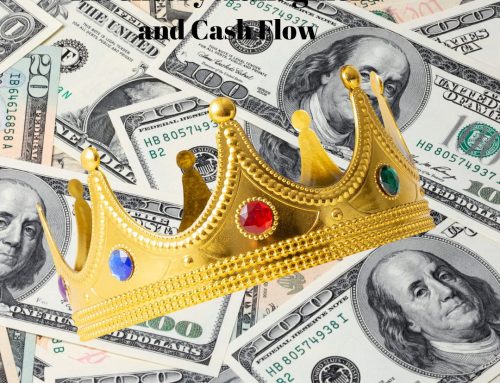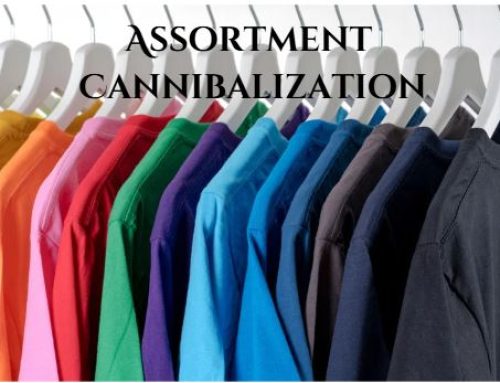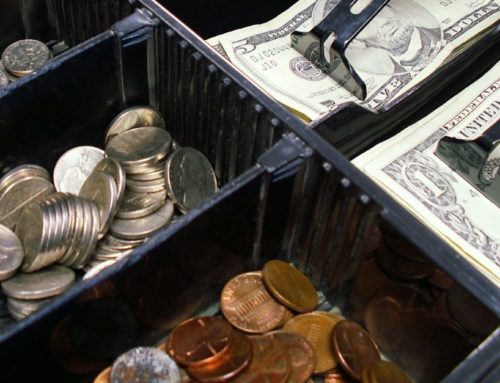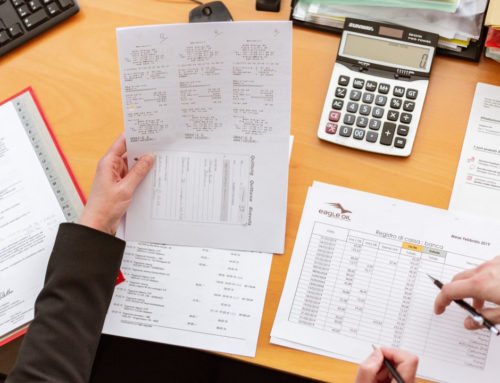In recent articles, retailers lamented their inability to consistently ‘sell through’ at regular price. While I acknowledge this can be a challenge, I recommend retailers first ‘look internally’ to ensure they are not also impacting their regular price sell-through potential.
The UPT incentive
In the continuously greater challenge to increase or maintain market share, retailers struggle to incentivize customers to increase their Units Per Transaction (‘UPT’) values. An increase of even a portion of a single unit in the average customers in store or online market basket can be huge. This has often led to what are often looked upon as ‘innocuous’ promotions on the most basic items – $54.99 for the basic hoodie, or 2 for $99.00. What occurs at store level if the customer wants to purchase a third hoodie? We suspect the more frequent reply is now 3 for $150.00…. Excellent customer service, but no sign of regular prices selling…
See also: What’s all the fuss about Attributes?
Impact of Promotions
New fresh assortments in key selling periods like Back to School or Holiday are often dovetailed with powerful promotional messages, such as BOGO, or targeted messages like “25% off all (insert commodity here)”, with durations anywhere from key customer browsing timelines, to over a weekend, or even as long as two full weeks. Needless to say, looking for regular price selling will be a challenge.
Additionally, there are other ‘intangible’ impacts possible too. Any retailer with a loyalty program offering flexible redemption offers will often find their best hopes for regular price selling can be heavily impacted with points discounts. Let’s not forget both brick-and-mortar and online pure play businesses with extensive competition, forced to ‘price match’ particular items, both in store and/or online. Your beautifully crafted plans could be impacted by another retailer ‘feeling the pinch’ – the ultimate result can only be described as ‘misery loves company’.
With all the doom and gloom, are there still possibilities? I would say YES, given a slight shift in corporate mindset, along with quick and easy accessibility to crucial information (which we believe should always be at your fingertips…).
Let’s start with data.
Styles and colors are typically assigned to some sort of floor set/layout date in assortment strategy. The selling lifespan (usually assumed to be at regular price) is typically directly related to the length of the floor set, to a particular fixture / store area where the garment will be displayed, or to the key web pages which have historically driven the highest return on your site. All well and good, but how did comparable styles/colors in the associated promotion fare last year? Do your planners or merchants have a quick and easy way to understand the units and $ sold ‘at regular price’? How about the corresponding promotional values? Maybe a critical markdown was required? ‘Where’ is this information available?
Ease and Accessibility
Typically, the answer is within some sort of a business intelligence tool (probably in a data warehouse), and if someone takes the time to create / run the report once they confirm the appropriate timelines for the assortment. The information is available on a hard copy (for the sake of the environment, hopefully an easily viewed soft copy too) report. THAT is a lot of effort. Where the data really should be included is directly within the historical portion of your assortment plans, where it can be actioned.
Relevant Data
Let’s think one step further. As noted above, there may have been some styles impacted in BOGO type promotions for a shorter period than other ‘percentage off’ events. Your BI wizard may be spending a lot of time creating reports to ensure the appropriate reports are accessible. We, at daVinci Retail, prefer give the merchants and the planners the ability to reference a predetermined selling period. They have the insight and therefore need the ability to adjust the start and end dates of the actual selling to ensure they can quickly determine the most relevant reference period.
What does regular selling mean to you?
With this type of data available – understanding regular price versus promotional (rarely even markdown selling), we have found many retailers realize their premise of ‘regular price’ selling needs to be expanded.
In truth, the combination of sales (often very small) generated at regular price, along with the much larger amount of data based on the initial promotional sales (at a smaller, more relevant Average Unit Retail – ‘AUR’) presents a much more tangible and realistic measure when determining performance. The concept of ‘Reg and Promo’ sales may seem simple, but has been a game changer for assessing the true potential of assortments, regardless of basic or fashion products.
See also: How do I get control over markdowns?






















